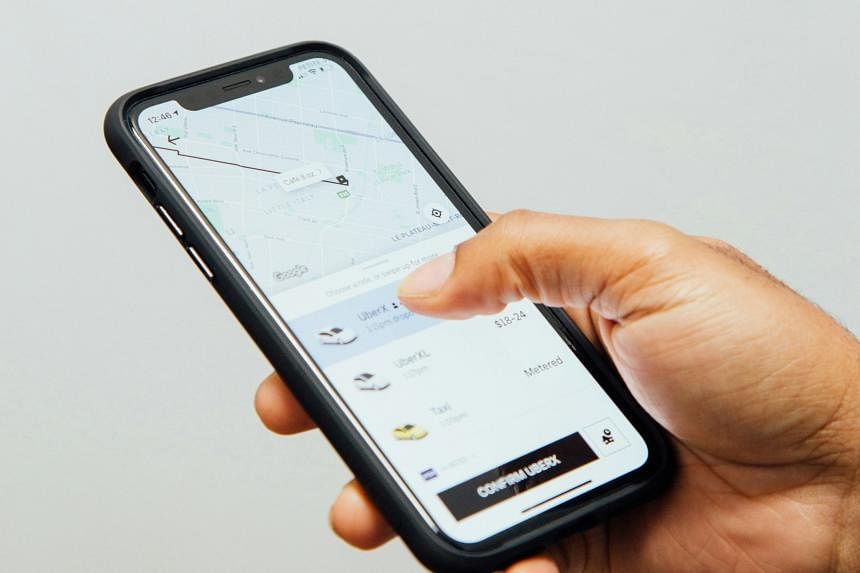Surge pricing is something that anyone who takes a ride-share on a regular basis has become used to. Try calling an Uber or Lyft on a rainy day during the dinner hour or around the school pick-up or drop-off time, and you’ll be paying more than your usual rate – sometimes a lot more.
Yet when consumers are confronted with common online business models like “dynamic pricing” in the bricks-and-mortar world, they may revolt. Consider the recent consumer backlash after Wendy’s, the American fast-food chain, announced on an earnings call that they were considering surge pricing for burgers during peak demand – and had invested US$20 million (S$26.6 million) in new AI systems to do so.
Already a subscriber? Log in
Read the full story and more at $9.90/month
Get exclusive reports and insights with more than 500 subscriber-only articles every month
ST One Digital
$9.90/month
No contract
ST app access on 1 mobile device
Unlock these benefits
All subscriber-only content on ST app and straitstimes.com
Easy access any time via ST app on 1 mobile device
E-paper with 2-week archive so you won't miss out on content that matters to you

